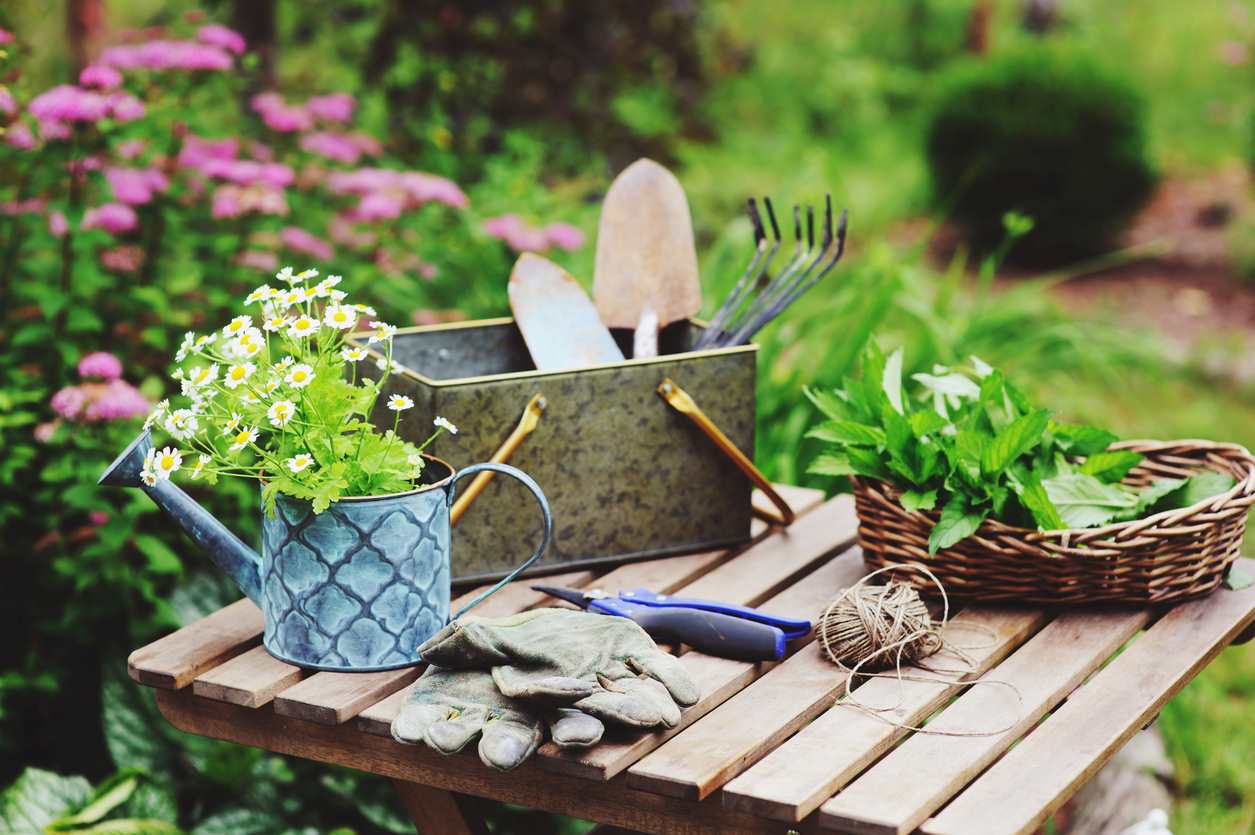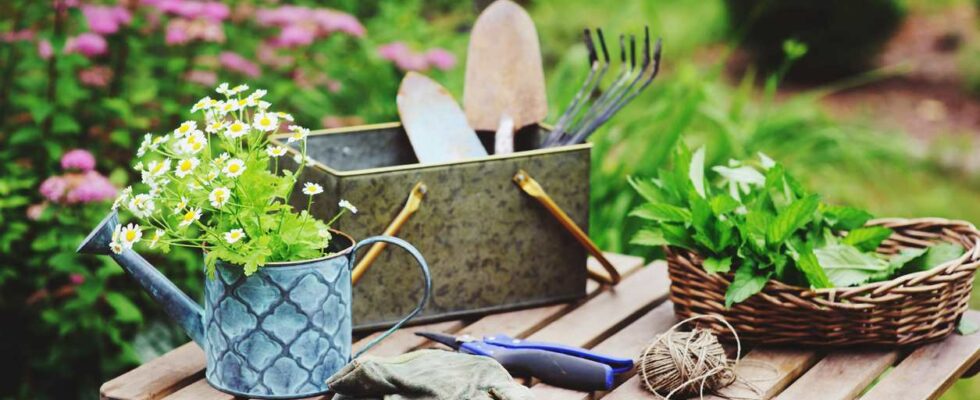
What to do in the ornamental garden?
No, it’s not yet time to relax in a deckchair. Indeed, to preserve the beauty and health of your ornamental garden, many tasks still await you!
Tasks to perform
Here is a non-exhaustive list of what you need to focus on:
- Eliminate faded flowers: As the season progresses, take the trouble to remove spent flowers from your plants to allow them to concentrate on developing new flower buds.
- Eliminate the weed: even if it is not the most pleasant chore, regularly eliminate weeds to limit competition for water, nutrients, light, etc. This will allow your plants to develop better.
- Mulch: if you haven’t already done so, mulch your different areas. By doing so, not only will you limit the development of weeds, but you will help maintain soil moisture.
- Mow: after the month of May without a mower, you can put it back into service while taking care not to overuse it in order to preserve the biodiversity in your garden. Additionally, remember that if your lawn is cut too short, it will be less able to withstand a period of high heat.
- Multiply your plants: This is the ideal time to take cuttings from some of your plants. You can also divide perennials with spring flowering such as nepeta, delphinium, etc.
- Prune: It’s time to prune your spring flowering shrubs.
- Newly established plants may need watering while they become established.
- Tutor: In your ornamental garden, certain plants, such as dahlias, need to be staked to develop well.
- Cut off dried leaves spring bulbs.
Seedlings and plantings to carry out
Most of the sowing was done in recent months. However, you can still do the following sowing:
- In the open ground: you can sow annuals to fill open spaces.
- In buckets: you can sow biennials and perennials and then put them in the ground at the end of summer. You will benefit from new, more resistant and more developed plants for the following year.
- Grass: in June, you can still sow grass if you want to create a lawn, but be careful, this is the last limit. You can do it at the beginning of the month, but after that, it is better to wait until September. If the grass is sown too late, it will not have time to develop before the summer heat.
Furthermore, for a flower garden all year round, consider planting your autumn bulbs.
What to do in the vegetable garden?
In his vegetable garden, the gardener also does not have time to watch his vegetables grow in June, because he is busy with various tasks.
Tasks to perform
Although the tasks to be carried out are different from those at the beginning of spring, they are just as essential.
- Weed: as in the ornamental garden, the hunt for weeds is open.
- To watch : It is important to closely monitor your plantations in order to quickly detect the possible presence of pests. This will allow you to intervene as soon as possible. Also be wary of slugs and snails, because if they proliferate in your crops, they can quickly ravage them. To combat their presence, there are no miracle solutions, alas! The only one that is really effective is to keep them away from your crops as soon as you spot them.
- Butter your potatoes: In June, your potatoes should have already developed well, so it is necessary to mound them for a better harvest.
- Water: depending on the weather, it may be necessary to water your plants.
- Tutor: as in the ornamental garden, you must remember to stake the plants that need it.
Seedlings and plantings to carry out
Seed side
Here are the sowings to do in June:
- carrots;
- oraches;
- curly and wild chicories;
- Chinese cabbages, winter headed cabbages, cauliflowers and broccoli;
- squash;
- fennel ;
- escarole;
- turnips;
- leeks;
- parsley ;
- radish;
- beans ;
- but.
If certain areas are free, consider sowing green manures such as white clover, Cerdagne vetch, lupine, alfalfa, etc.
Plantation side
Some plantings can still be done in the vegetable garden before summer:
- eggplant;
- celery stalks;
- curly chicory, escarole, lettuce;
- cabbage ;
- cucumbers;
- squash and pumpkins;
- peppers;
- tomatoes;
- winter leeks.
Harvests in the vegetable garden
In June, your efforts finally pay off, because you can start harvesting some vegetables such as arugula, spinach, fennel, broad beans, carrots, chicory, cabbages and cauliflowers, turnips, parsnips, leeks, peas, onions, tomatoes, but also chives, parsley and basil.
What to do in the orchard?
For healthy fruit trees and abundant harvests, here are the tasks to devote to your orchard:
- Lighten : for more generous fruits, be sure to thin out the fruits that are too tight and eliminate those that are damaged.
- Eliminate rejects: If at the graft union you notice shoots, it is necessary to eliminate them.
- Weed: take the trouble to pull out the weeds that grow at the foot of fruit trees, but also small fruit trees such as raspberries, gooseberries, etc..
- Fertilize: To encourage the development of your fruit trees and shrubs, you can add regular compost.
- Water: Be sure to water young trees or small fruit trees recently planted regularly.

